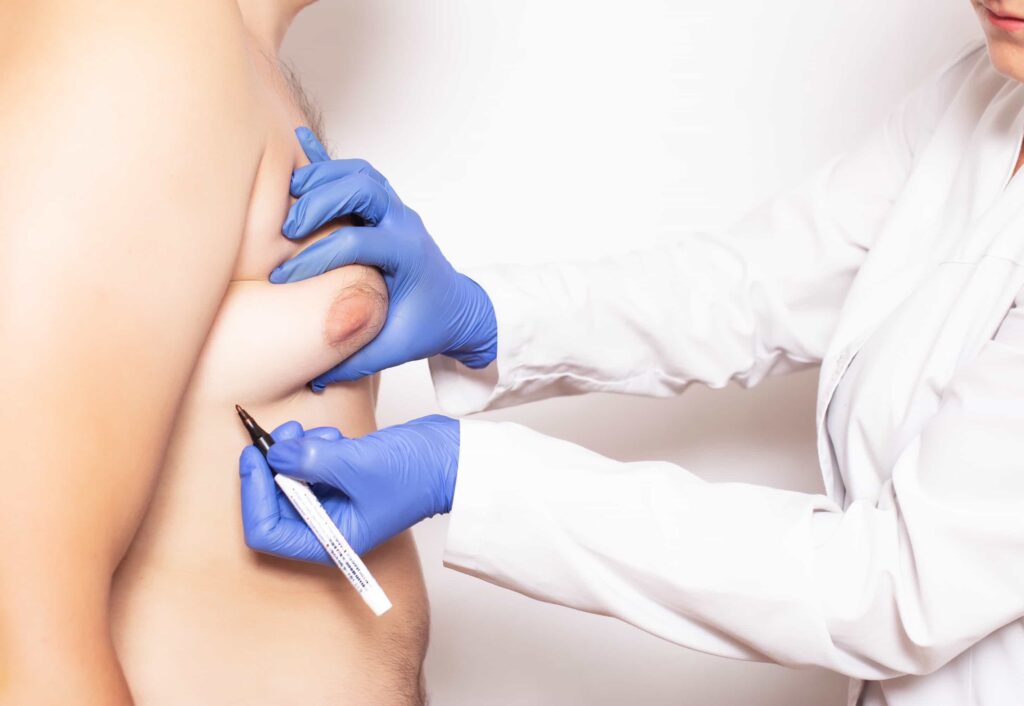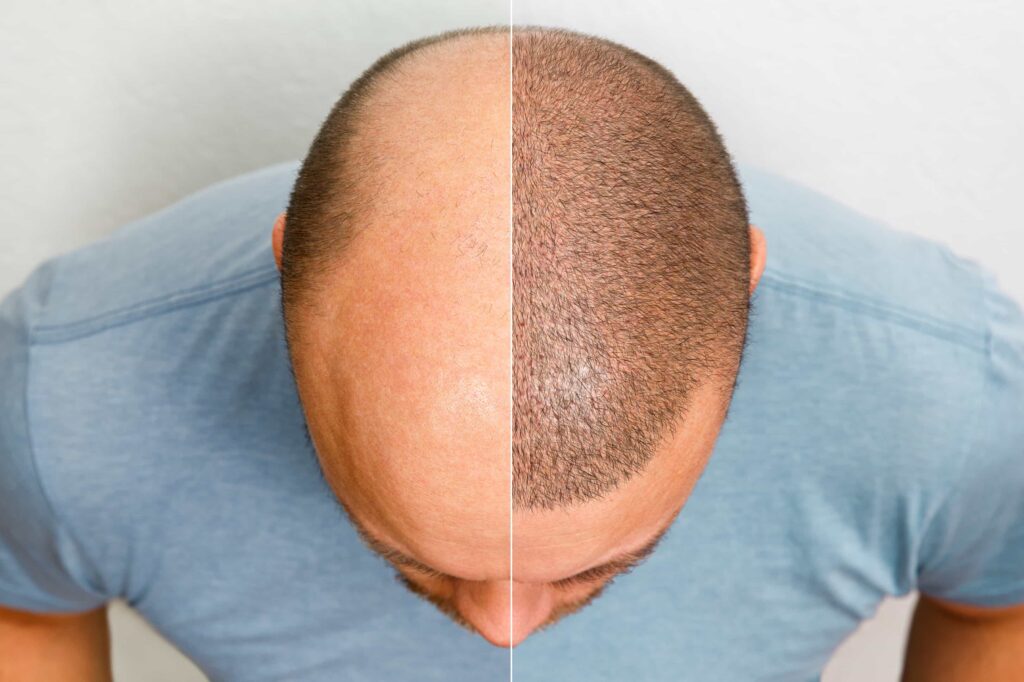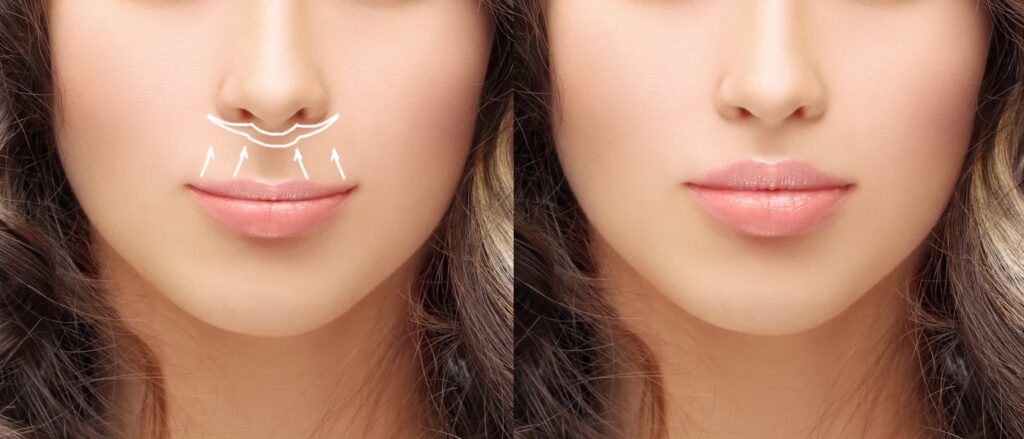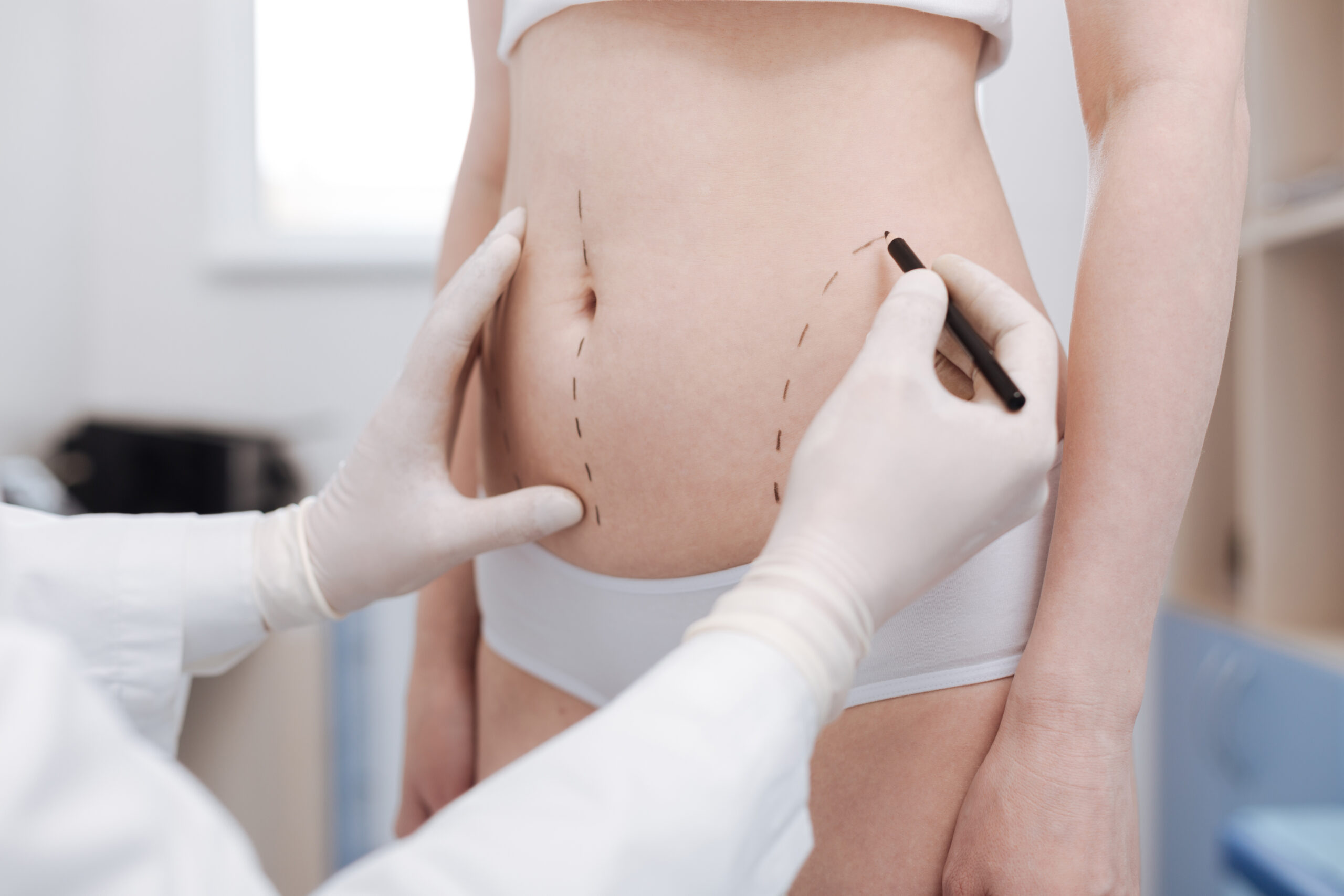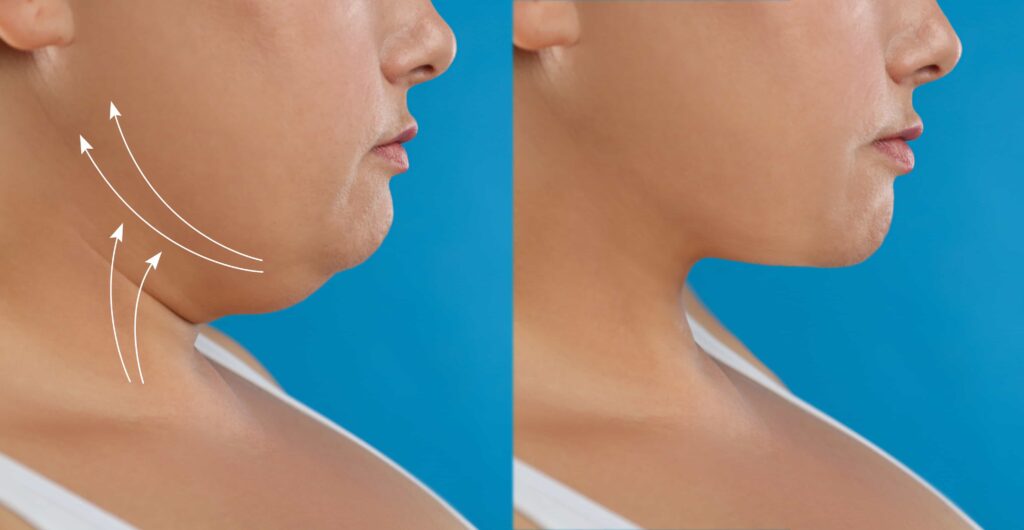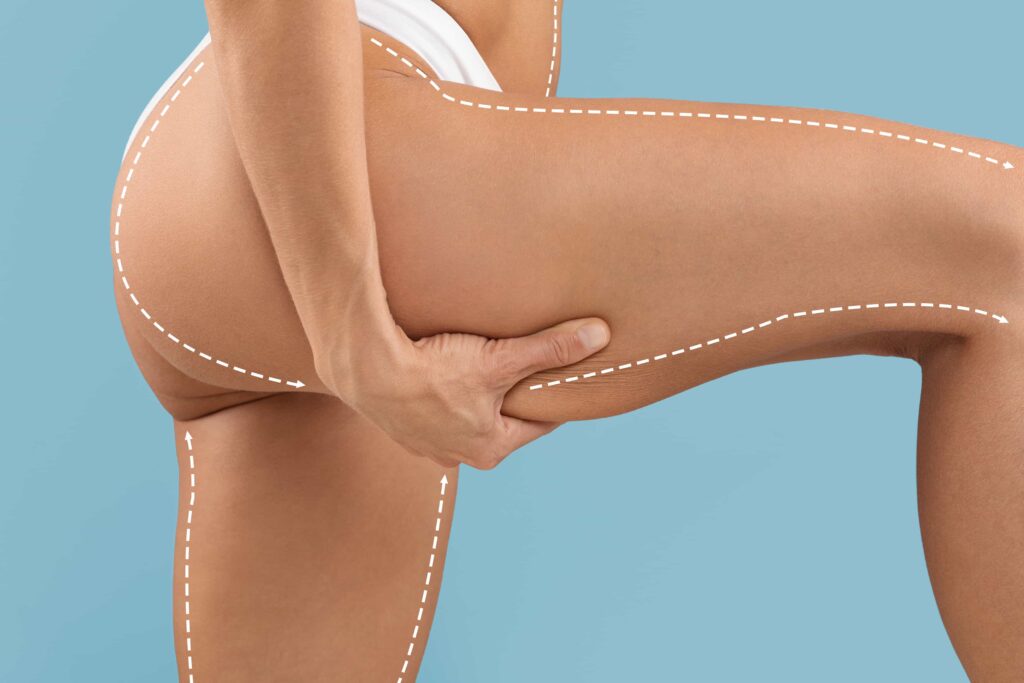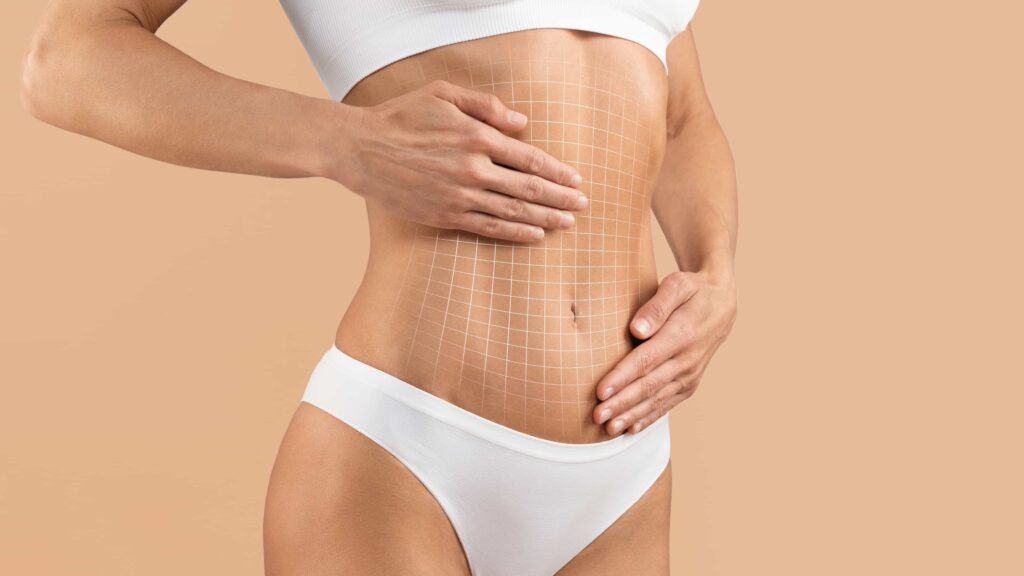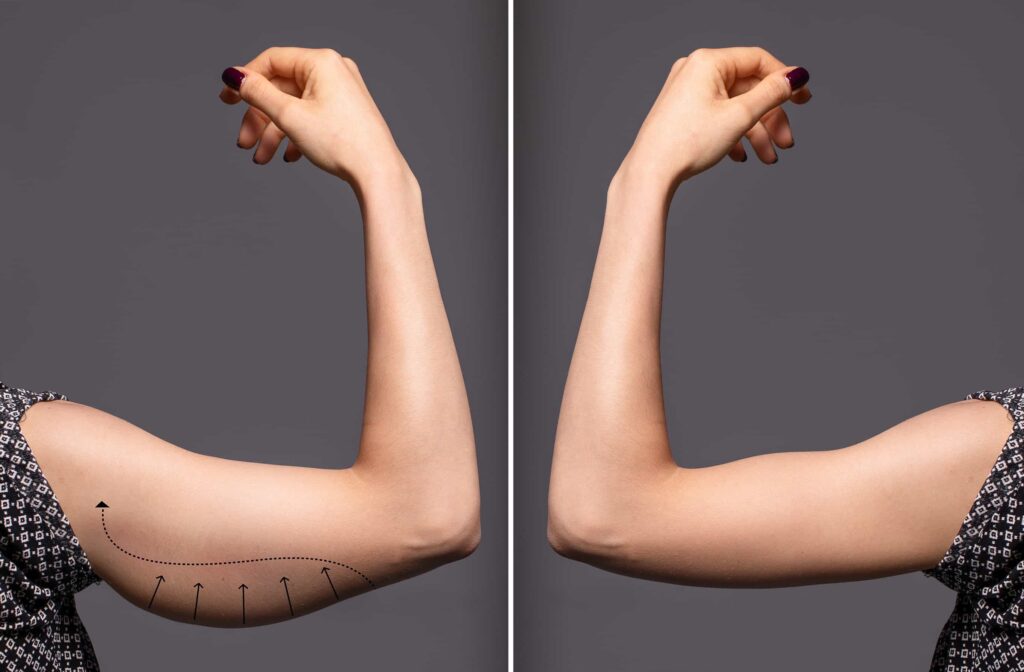Brachioplasty is a form of cosmetic surgery designed to enhance the aesthetic appearance of the upper arms.

Brachioplasty, or an arm lift, is a cosmetic surgery that improves the shape of the upper arms.
During the procedure, the surgeon removes extra skin, reduces fat, and tightens the tissues underneath. They also smooth out the remaining skin for a firmer look.
This surgery helps people with loose or sagging skin on their upper arms. The arms may look like “batwings” when raised.
Common causes include aging, major weight loss, genetics, or conditions like lymphedema.
Brachioplasty, or an arm lift, helps create more toned-looking arms.
While weightlifting builds muscle, it doesn’t remove loose skin. That’s where surgery comes in.
Good candidates for an arm lift usually have loose skin on their upper arms. They should be at a stable weight, accept the chance of visible scars, and avoid smoking or health issues that may affect healing.
During surgery, the main goal is to tighten sagging skin. If more contouring is needed, the surgeon may also use liposuction to remove stubborn fat.
After surgery, it’s important to keep a steady, healthy weight. Large weight changes can cause the skin to sag again, even after an arm lift.
-Improvement in arm shape
-Firmer arms, more toned
-Results can last a long time with stability of weight
-Surgical risks: Infection, suture complications
-Arm lift leaves a scar
-Delay returning to normal activities such as lifting or exercising
During an arm lift, or brachioplasty, the surgeon gives medication to keep you comfortable. This may include general anesthesia or a local anesthetic. The procedure takes about 1 to 3 hours.
Next, the surgeon makes an incision either on the inside or back of the arm. The length of the cut depends on how much skin needs to be removed.
There are a few incision options:
•Limited incision targets loose skin near the armpit.
•Standard incision runs from the armpit to the elbow.
•Extended incision continues along the side of the chest.
Then, the surgeon removes extra skin and, if needed, uses liposuction to get rid of fat. This helps create a more toned look.
To finish, the surgeon closes the cuts with stitches and covers them with sterile gauze to help prevent infection.
Here’s what to expect during recovery after an arm lift (brachioplasty):
Right after surgery, you may feel sore, but the discomfort usually improves within 3 to 4 days.
Your surgeon may wrap your arms in Ace bandages or compression sleeves, especially if liposuction was done. These help reduce swelling and limit movement. You should keep the bandages on for up to 48 hours. You may need to wear compression garments for up to four weeks.
In some cases, the surgeon places drains near the incisions to prevent fluid buildup. These drains and any non-dissolvable stitches are usually removed about a week later during a follow-up visit. Dissolvable stitches typically go away on their own within 1 to 2 weeks.
For the first 14 days, avoid raising your arms above shoulder level. Most patients need to wait at least four weeks before lifting their arms fully overhead. You can usually shower 24 to 36 hours after surgery, but your surgeon will give you specific instructions.
Incisions generally take 4 to 8 weeks to heal. During this time, avoid strenuous activities or heavy lifting. If your job involves physical labor or lifting, expect to take off at least one to two months. Even for desk jobs, plan for about two weeks of recovery time before returning to work.
Also, avoid driving for two weeks or until your surgeon gives you the go-ahead. Once cleared, you can slowly return to light exercise.
After your brachioplasty surgery, you may notice some initial results, but these could be masked by swelling. Typically, around six weeks post-surgery, the swelling subsides, revealing a more aesthetically pleasing upper arm shape.
Scars from the procedure can take up to a year to mature, and healthcare professionals often recommend using silicone sheets and serums after stitches are removed. If scars remain red and raised after healing, it’s advisable to consult your surgeon about laser treatments to help reduce their appearance. For those unhappy with their scars, revision surgery is an option, but it involves extra costs and a new recovery period.
Cosmetic arm surgery is typically regarded as a safe procedure. However, like any surgery, it carries potential risks and complications. Common side effects include swelling, bruising, hematomas, hypertrophic scarring, and minor issues with wound healing. While nerve damage is less common, there is a possibility of experiencing temporary or permanent numbness near the incision sites. It’s important to be aware of these risks when considering the surgery.
The average cost of an arm lift is approximately $6,192, per American Society of Plastic Surgeons, with prices ranging from $4,500 to $17,000. Several factors influence the final price, including the surgeon’s experience, the location of their practice, the surgical facility, the anesthesia provider, and the complexity of the procedure, such as the inclusion of liposuction. Since an arm lift is classified as a cosmetic procedure, insurance typically does not cover the expenses.


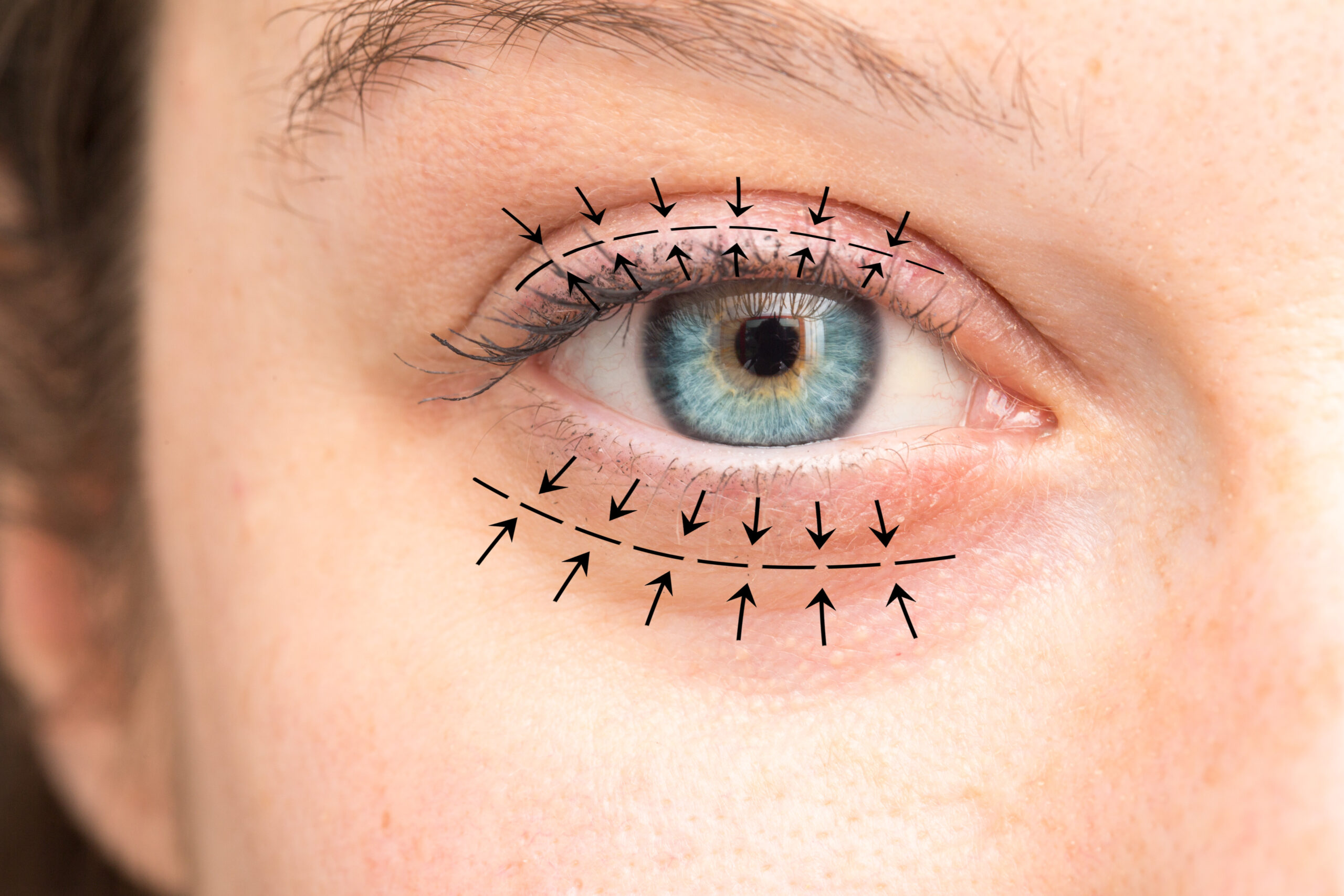
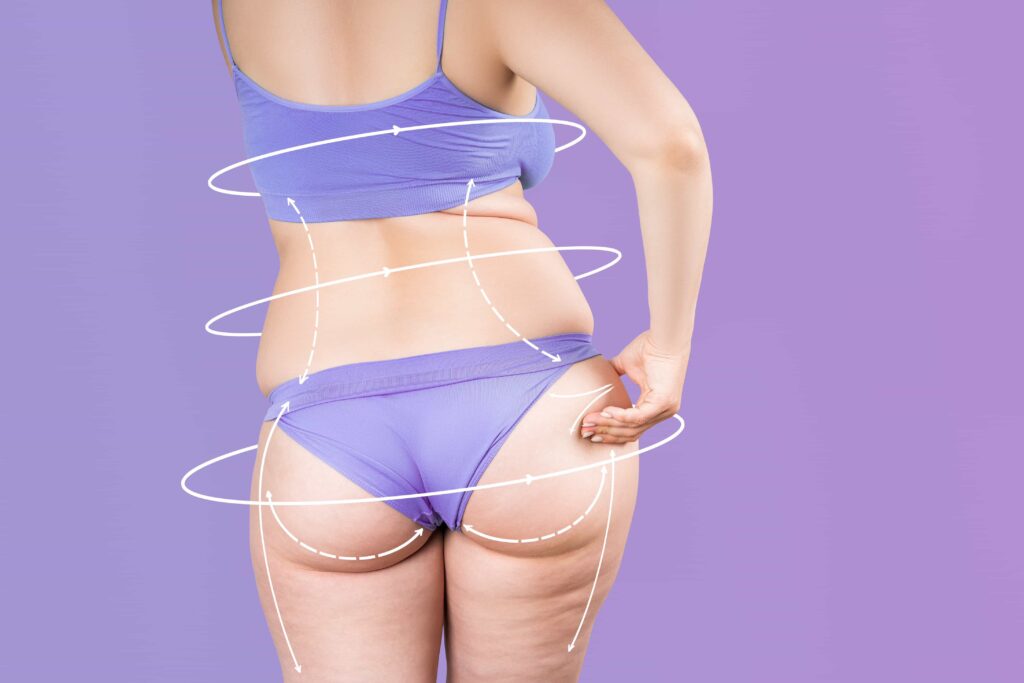
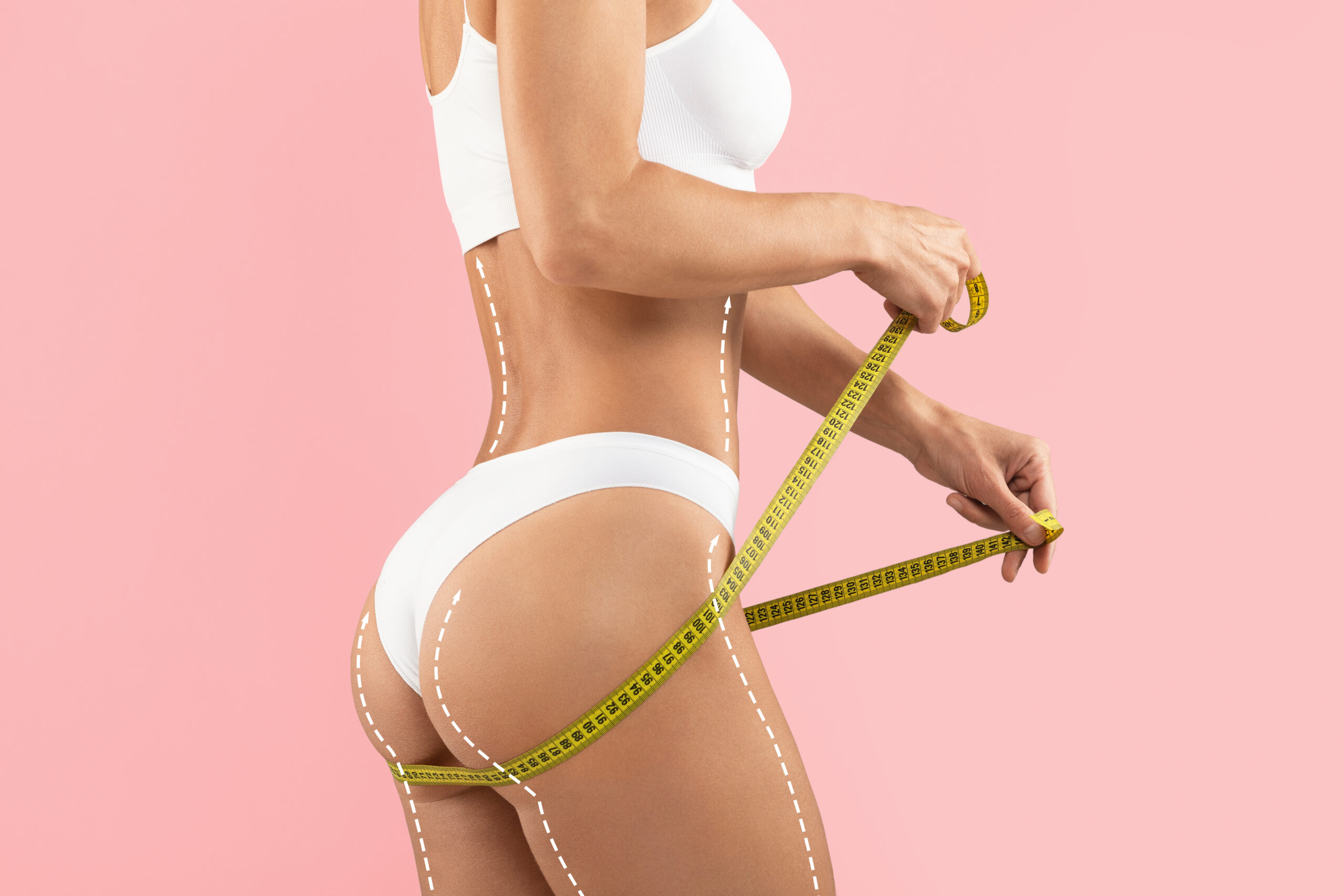
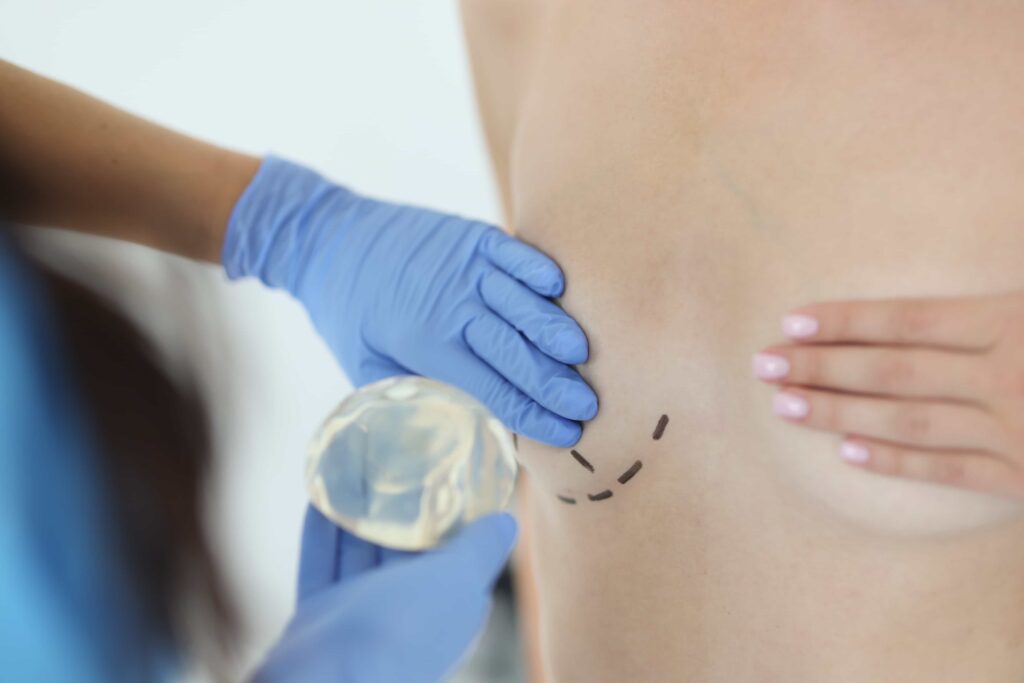
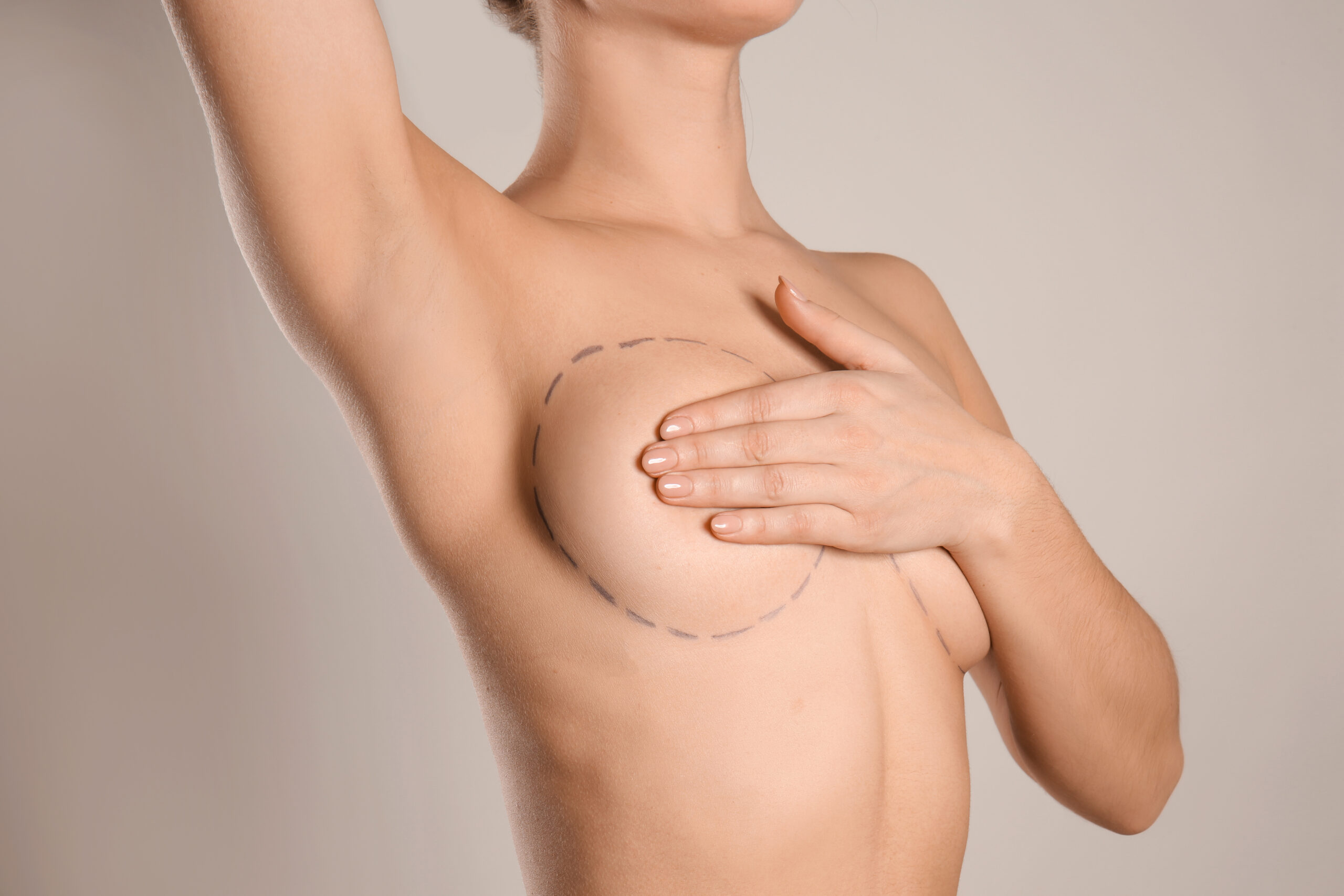
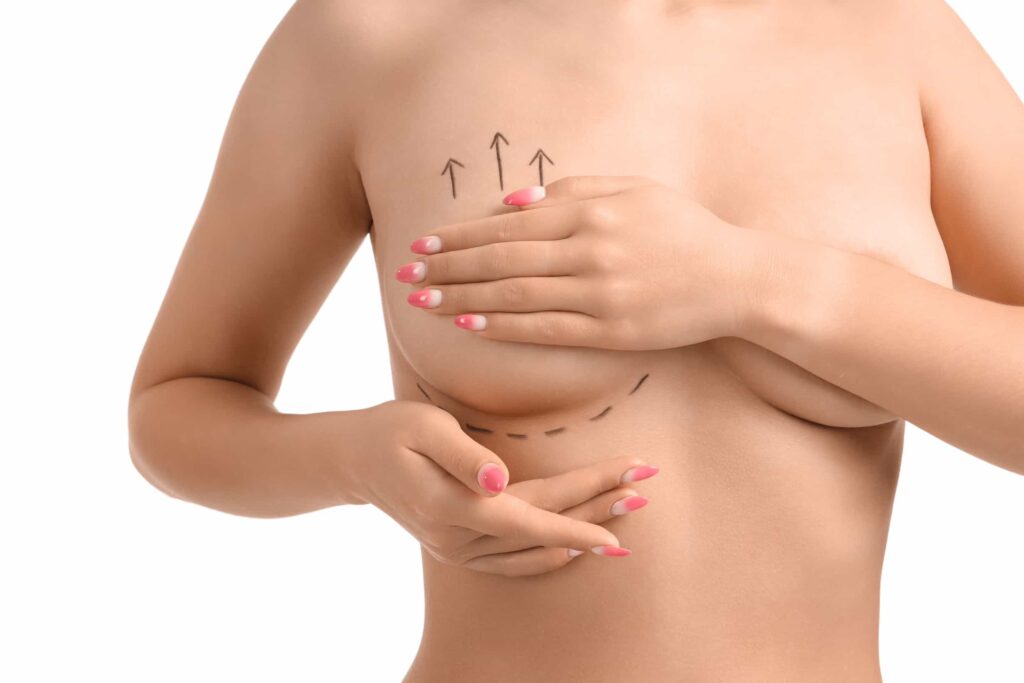

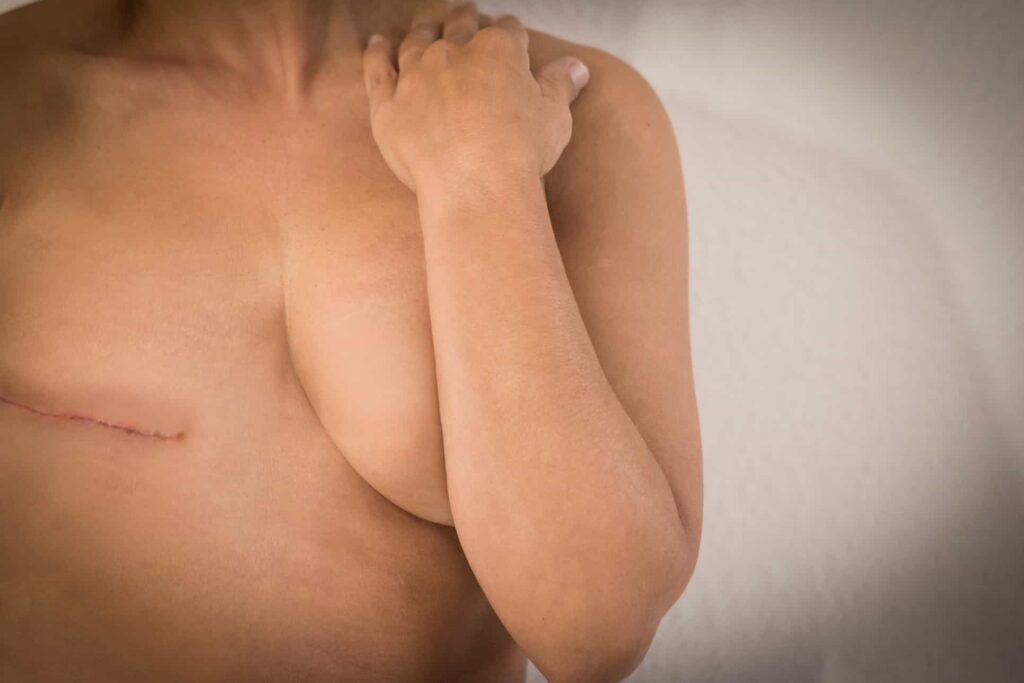
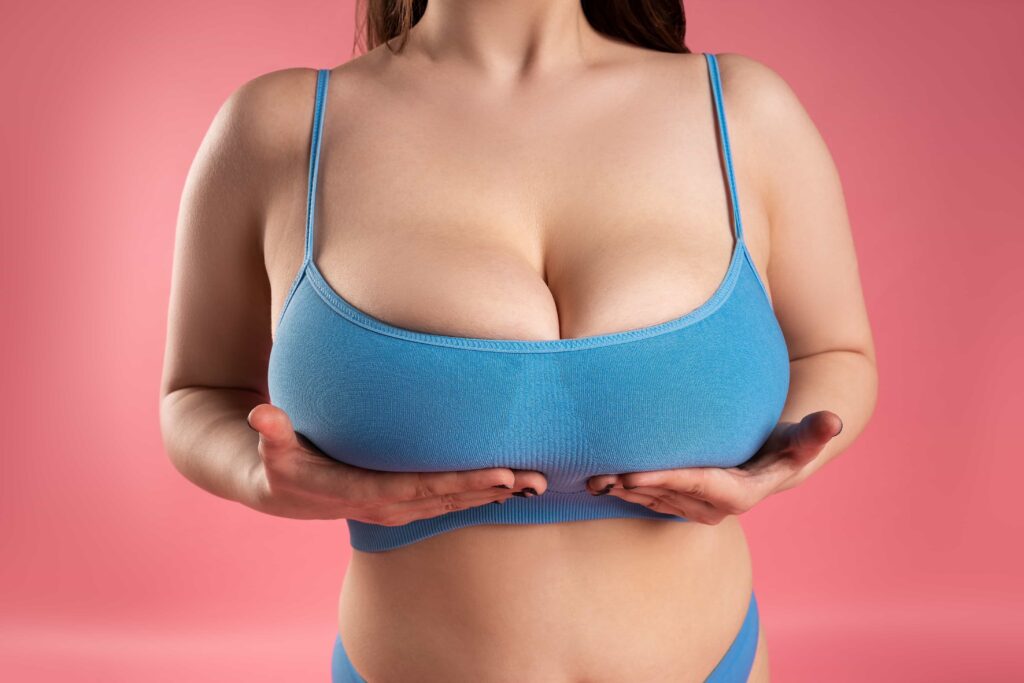
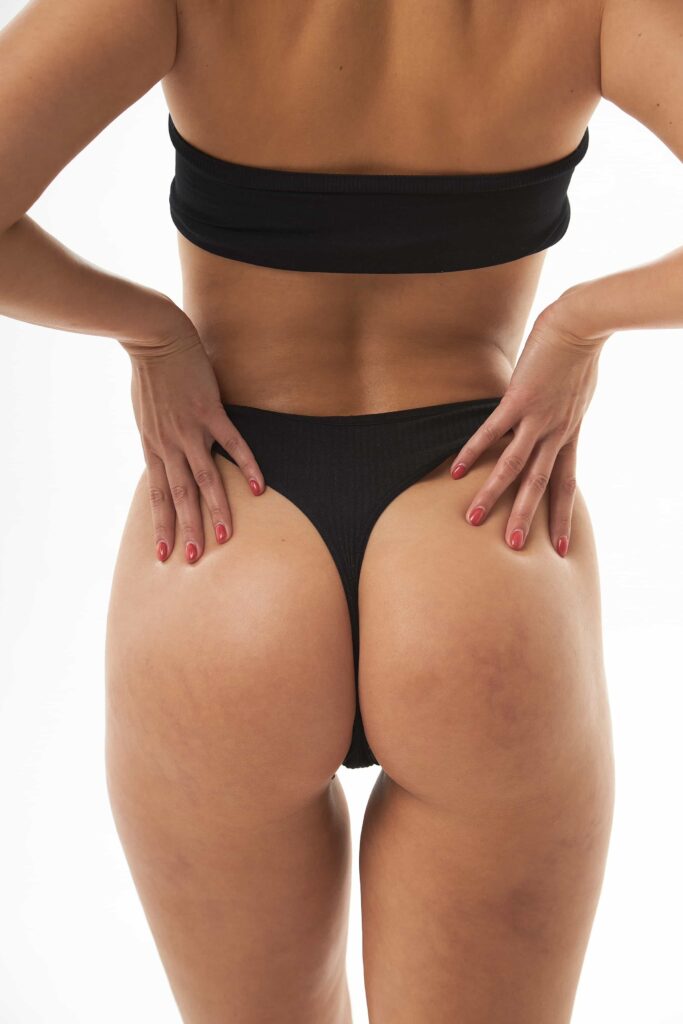

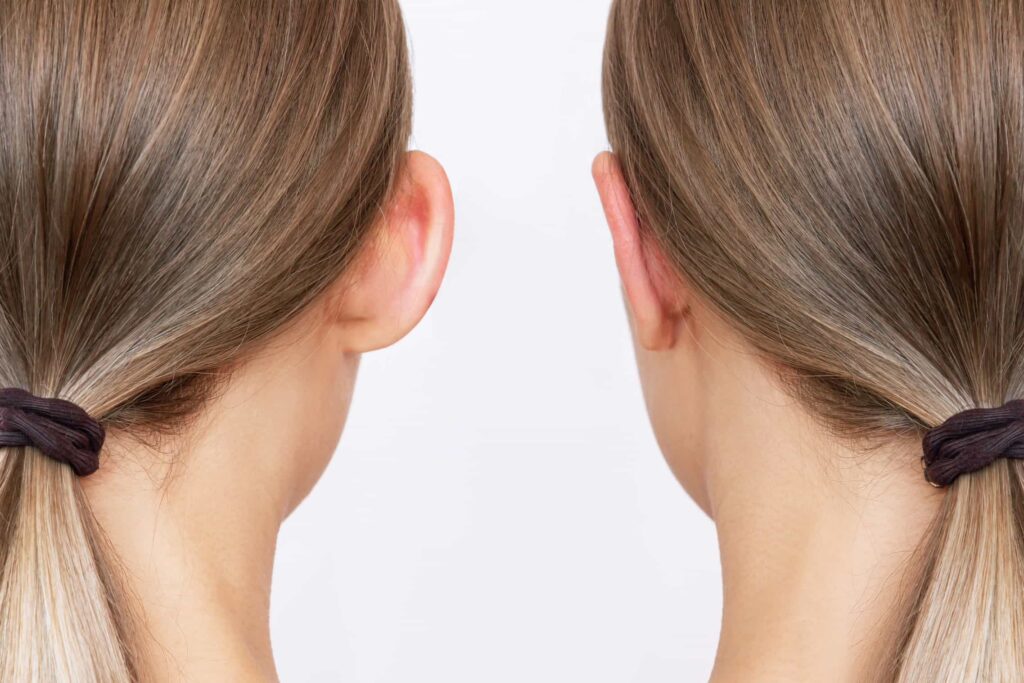
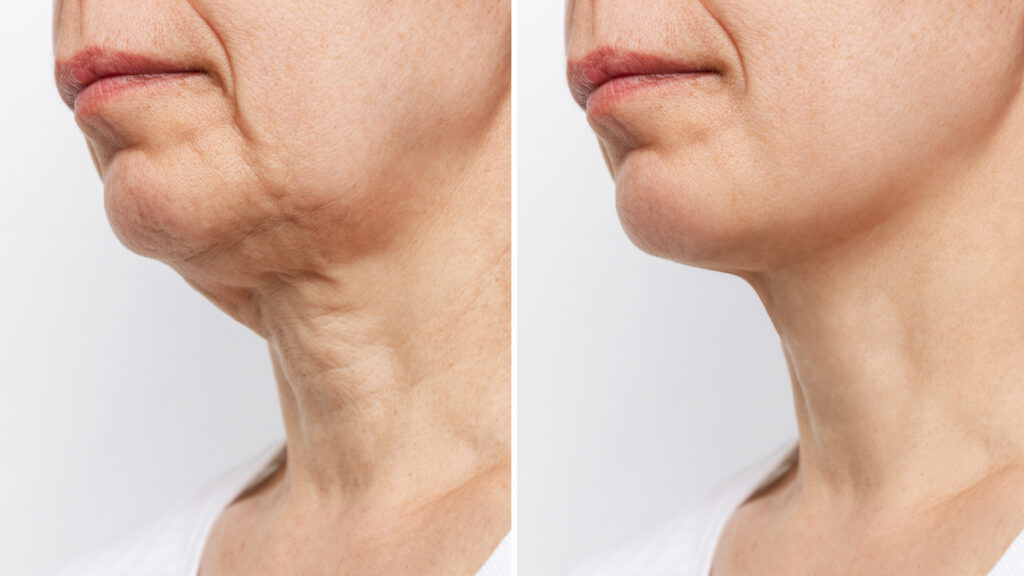
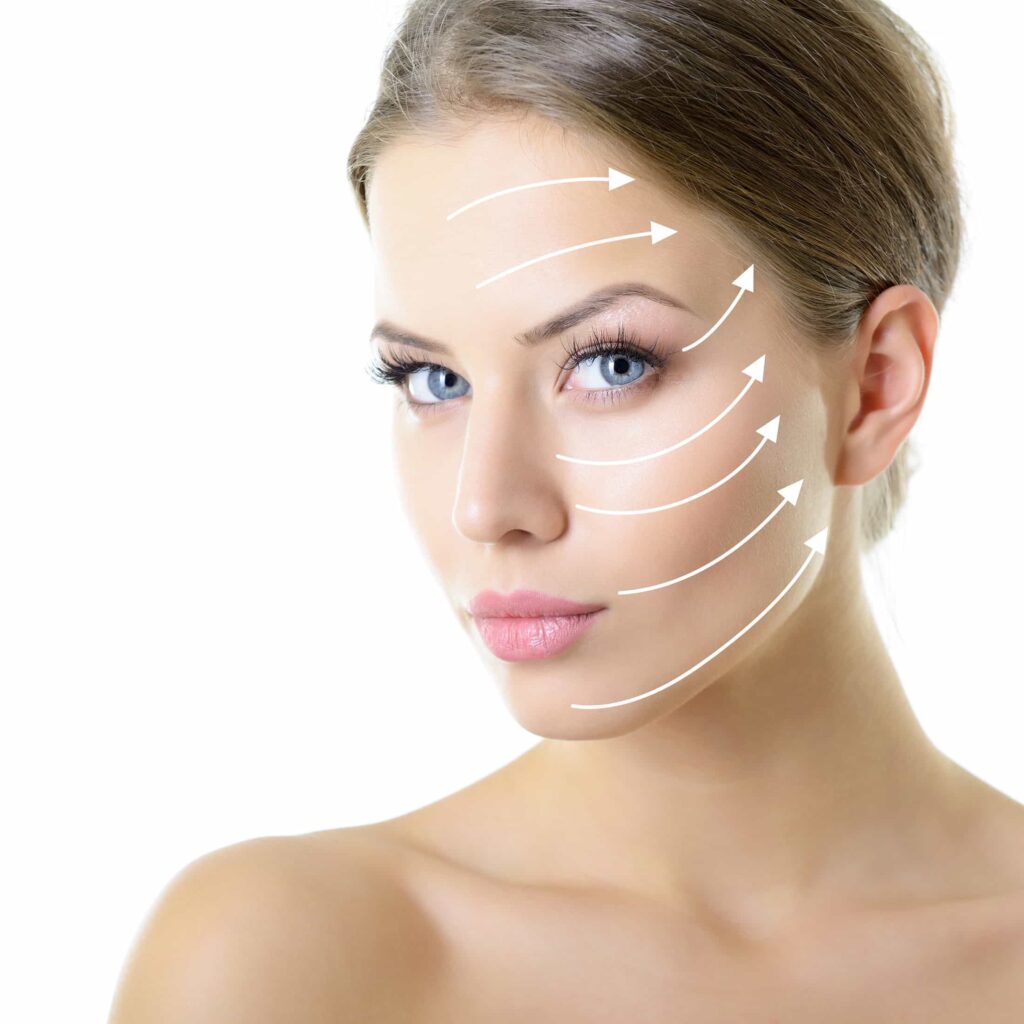
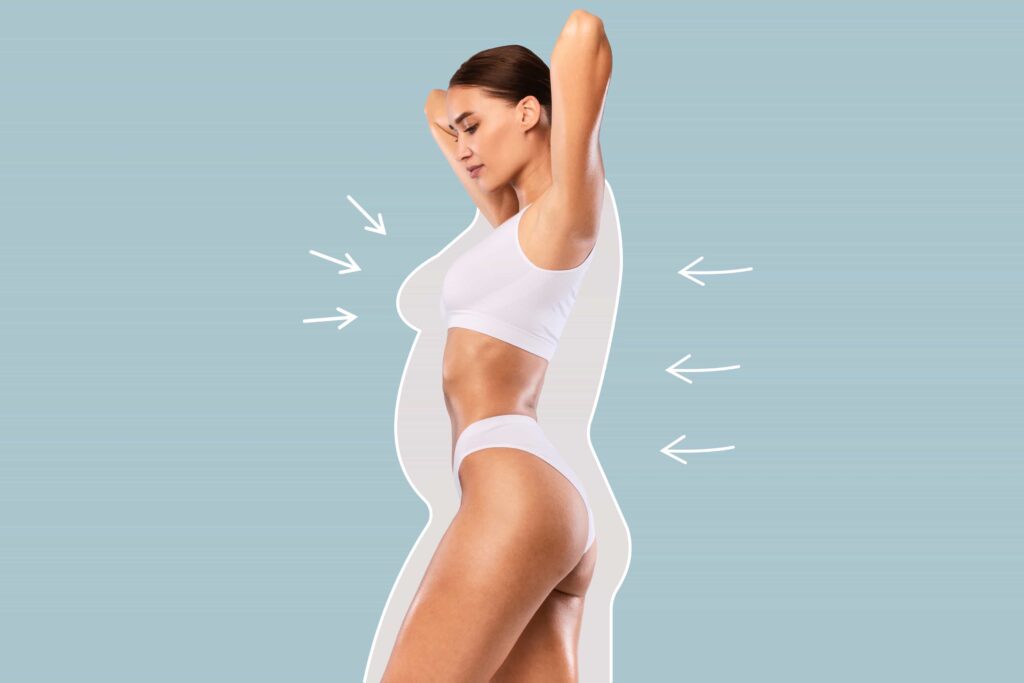
Fat grafting is a procedure that enhances and naturally adds volume to areas of the body by using your own…
